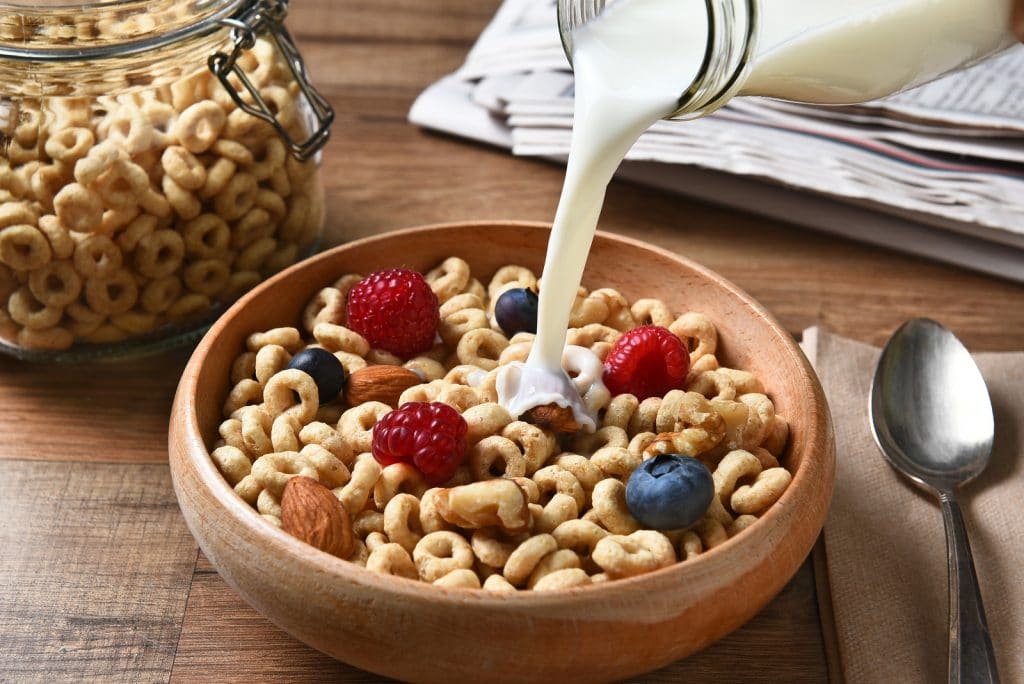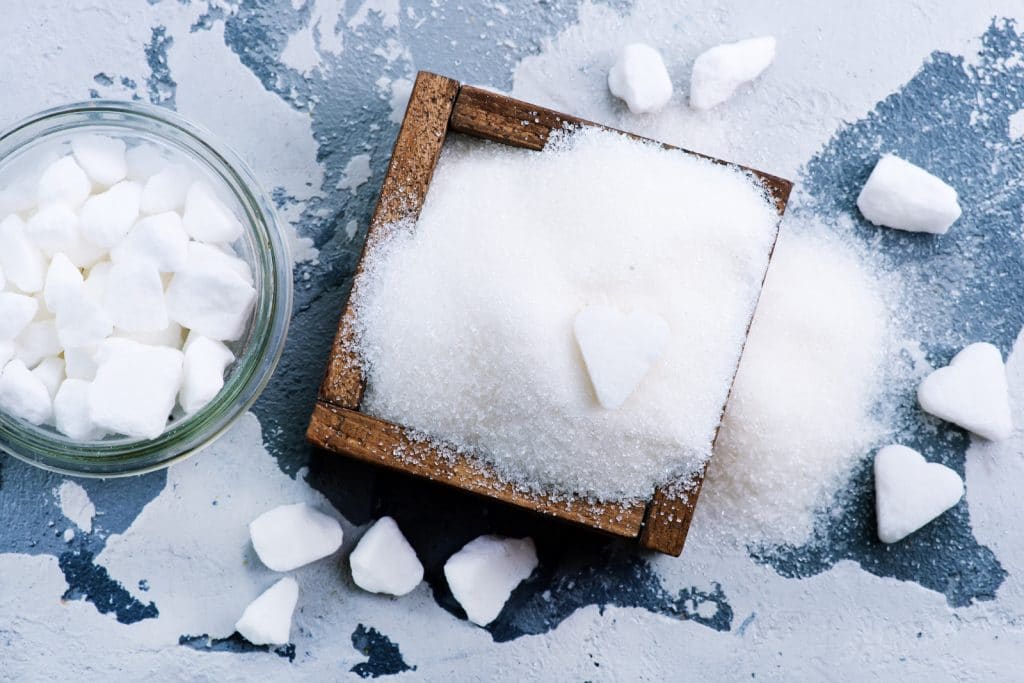[Article updated on 19/09/2023]
To prevent obesity and dental caries, the WHO recommends not exceeding 50 g of free sugars per day, or 10 sugars/day. It could even revise this figure downwards, by lowering its recommendations to 25g/day.
These recommendations concerning free sugars are the sugars that we add to our food or added to industrial products (sugar, jam, honey, maple syrup, glucose syrup, etc.) as well as the sugar contained in fruit juices. . Sugar naturally present, for example in fruits, is not affected.
On the ANSES side, it recommends a maximum sugar consumption of 100 g/day for adults, 60g/day for children aged 4 to 7 and 75 g/day for those aged 8 to 12. This concerns total simple sugars in foods, except lactose. She also advises not to consume more than one sugary drink per day, favoring fruit juices rather than sodas.
However, studies reveal excessive consumption among 75% of 4-7 year olds, 60% of 8-12 year olds, 25% of 13-17 year olds and 20% of adults*.
*ANSES report on sugar intake in 2012.
What is sugar?
What we commonly call “sugar” corresponds to the sugars that give a sweet taste to foods that contain them. They are not necessary for the functioning of the human body. They can be found in the form of glucose, sucrose, fructose, maltose and galactose, depending on their chemical composition.
Our necessary carbohydrate intake is provided mainly in the form of starch, present in starchy foods.
The problem is that most of the simple sugars consumed are hidden sugars, added in industrial products.
Let’s investigate…
To help you see the added sugars, let’s turn the packaging a little towards…
The list of ingredients : obligatory on food packaging, it must present all the ingredients used.
But, watch out for the traps! Ingredients must be presented under their specific name (raw material), sugar can therefore be indicated under different names:
- sugar or sugars but also
- sucrose
- glucose syrup
- glucose-fructose syrup
- maltose dextrin…
Hint: words ending in “-ose” refer to simple sugars!
You may also find simple sugar added to salty foods!
The nutritional values table can also give you some clues by the name “including sugars” but this does not distinguish between sugars naturally contained in the food and hidden sugars…
To give you an idea of the sugar contained in the food, you can take the measure of a sugar cube which is equal to approximately 5 g and thus visualize the number of sugar cubes contained in your food.
To avoid pitfalls, it is better to favor “no added sugar” foods which only contain the sugar naturally present in the food.
Be careful, the words “Light in sugar” (as is the case for certain compotes or jams) are a false friend! These products contain added sugars but a little less than in traditional products.
Why all this sugar?
Sugar has different functions as a food additive:
- conservative
- thickening
- a role of fermentation thanks to fermentation by sugar
In addition, it acts as a flavor enhancer, that is to say it gives an attractive taste to the product at a lower cost.
This is why it is very popular with manufacturers!
Finally, the more sugar we consume, the greater our attraction to the sweet taste will be and we will consume more of it.
Where to find them? Some examples…
- Breakfast cereals (or muesli without added sugars)
- Fruit or flavored yogurts
- Sodas
- Sweet canned fruits
- Pastries
- Industrial ice creams and sorbets…

How to avoid them?
Focus on homemade
Whether in sweet or savory preparations, most industrial products (donuts, bread puddings, ice creams, sorbets, yogurts, etc.) can be reproduced at home in a simple, healthy and economical way.
For example, to make your own sorbet: for 4 people, take 500 g of frozen fruit (you can also take fresh fruit that you have put in the freezer for at least 2 hours), a yogurt or 100 g of fromage blanc and possibly , a little sugar depending on the fruits chosen and mix everything. To consume immediately! This will delight the whole family!
Eat slowly and take time to chew
By putting your fork down after each bite and eating slowly, you will better savor what you eat.
You will experience more pleasure which will allow you to eat less and therefore less sugar.
Favor complex carbohydrates with “slow assimilation”
Sweet foods are not very filling, so you need to eat more.
Al dente pasta, dried vegetables, wholemeal bread… cause a feeling of satiety which lasts longer and prevents you from being tempted by this type of food.
In addition, an attraction to sweet products may appear when hungry. Including a snack containing complex sugars can prevent this phenomenon.
Favor sweet pleasures at the end of meals
By ending your meals with a food that you particularly like (chocolate, biscuit, etc.), you will be able to eat it with pleasure while feeling full more quickly than if you eat it outside of the meal.
Favor products containing the words “No Added Sugars”, “Au Naturel” or “100% Pure Juice” and natural dairy products.
This means that no sugar has been added to the sugar naturally contained in the product. This is the case for certain compotes, flaky muesli, rusks, etc.
Regarding dairy products, it is better to buy them plain and flavor them yourself to your liking (jam, brown sugar, maple syrup, honey, dark chocolate chips, vanilla flavor, pieces of fresh fruit, etc.).

